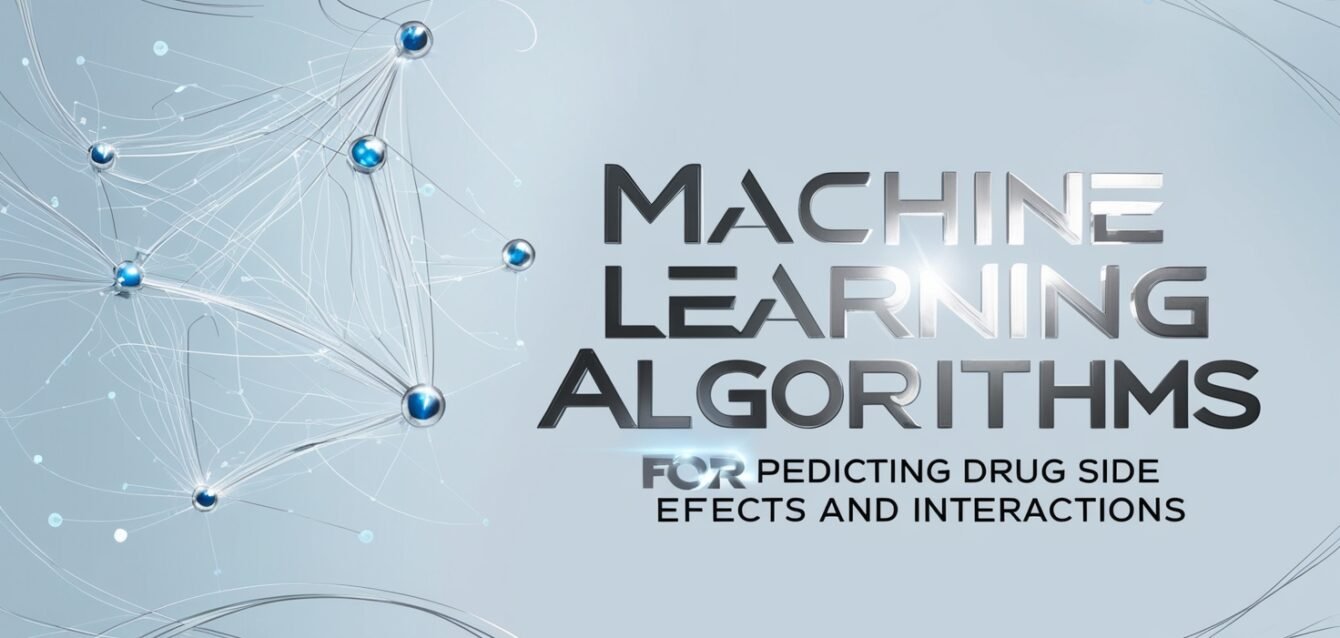Drug side effects and interactions represent critical considerations within the healthcare sector, influencing treatment outcomes and patient safety. Side effects, often defined as unintended reactions that accompany therapeutic interventions, range from mild discomfort to severe adverse events. These reactions can occur due to the pharmacological properties of the drug or the individual patient’s physiological makeup. For instance, common side effects include nausea, dizziness, and fatigue, while severe reactions may result in hospitalizations or mortality.
Interactions occur when two or more substances, such as drugs, interact in a way that alters their effects. These interactions can lead to enhanced effects, diminished efficacy, or exaggerated toxicity, posing significant risks to patients. Drug-drug interactions, for example, may occur when medications metabolize through the same pathways, potentially causing harmful consequences if not properly managed. Additionally, drug-food interactions can affect the absorption of medications, complicating the treatment regimen further.
The implications of side effects and interactions are profound. Patients may experience increased morbidity, extended hospitalization, or even loss of adherence to prescribed therapies due to the fear of adverse reactions. For healthcare providers, managing these factors is complicated; they must weigh the benefits of a prescribed medication against potential risks, making accurate information crucial. Consequently, predicting these adverse events before a drug is marketed can lead to better therapeutic decisions, ultimately enhancing patient safety and treatment efficacy.
Given the complexity surrounding drug side effects and interactions, advancements in technology, particularly machine learning algorithms, offer promising avenues for prediction and analysis. Integrating such predictive models into clinical practice can substantially mitigate the risks associated with adverse drug reactions, paving the way for safer healthcare practices.
(Purchase today by clicking on the image)
The Role of Machine Learning in Pharmacovigilance
Pharmacovigilance is a critical discipline focused on monitoring, assessing, and understanding adverse drug reactions (ADRs) to ensure drug safety. The emergence of machine learning algorithms has revolutionized this field by providing sophisticated tools to analyze vast amounts of data efficiently. Unlike traditional pharmacovigilance methods, which often rely on manual reporting and limited datasets, machine learning enables researchers to uncover hidden patterns within large and complex databases that contain adverse event reports, clinical trial data, and electronic health records.
Supervised learning techniques are frequently employed in pharmacovigilance. They involve training algorithms on labeled datasets, where the relationships between inputs (e.g., drug characteristics, patient demographics) and outputs (e.g., occurrence of side effects) are established. This approach allows for predictive modeling, which can forecast the likelihood of adverse reactions based on historical data. For instance, by using supervised learning, researchers can identify potential safety signals associated with new medications or previously unrecognized interactions between drugs.
On the other hand, unsupervised learning provides a different perspective by detecting patterns without prior labeling of data. It excels at clustering similar events and identifying outliers, which can be crucial for spotting rare but serious drug interactions. This capability is particularly valuable in pharmacovigilance, where the volume of data can obscure important insights. Moreover, reinforcement learning can be applied to minimize adverse effects by optimizing treatment protocols based on patient outcomes, ultimately enhancing therapeutic strategies.
Traditional pharmacovigilance methods, such as spontaneous reporting systems, often fall short due to underreporting and limited data scope. Machine learning addresses these shortcomings by facilitating the integration and analysis of diverse datasets. In doing so, it significantly improves the sensitivity and specificity of ADR detection, offering a more robust framework for ensuring drug safety. This transformation heralds a new era in pharmacovigilance, where machine learning not only complements but enhances human expertise in identifying and managing drug-related risks.
Key Machine Learning Algorithms for Predicting Drug Effects
In recent years, numerous machine learning algorithms have emerged as powerful tools for predicting drug side effects and interactions. Among these, decision trees are often employed due to their straightforward interpretability. They function by splitting data into subsets based on feature values, making it easy to visualize decision processes. However, decision trees can suffer from overfitting when handling complex datasets, potentially leading to less accurate outcomes.
Support vector machines (SVM) represent another vital machine learning approach. SVMs work by constructing hyperplanes that best separate different classes in a multidimensional space. This capability makes them particularly effective in high-dimensional databases typical of pharmaceutical data. Nonetheless, SVMs require careful selection of kernel functions, and their computational efficiency may decline with larger datasets, thus raising concerns in practical applications.
Neural networks, especially deep learning architectures, have gained prominence for their ability to capture intricate patterns in vast amounts of data. Their structure allows for multiple layers, facilitating the modeling of complex relationships between variables. Despite their remarkable accuracy, the downside of neural networks lies in their opacity; interpreting results can be challenging, making it difficult to ascertain why certain predictions are made.
Ensemble methods, such as random forests and boosting techniques, aggregate predictions from multiple models to enhance performance. These algorithms can mitigate the weaknesses of individual models by averaging or combining predictions. They often yield robust results in various scenarios but may exhibit reduced interpretability compared to simpler models.
Case studies underline the effectiveness of these algorithms in real-world applications. For instance, research leveraging decision trees and support vector machines has demonstrated successful identification of adverse drug reactions in clinical data, highlighting how these machine learning techniques can be pivotal in improving patient safety in pharmacotherapy.
Future Directions and Challenges in Machine Learning for Drug Safety
As the field of pharmacovigilance continues to evolve, machine learning (ML) presents exciting prospects for enhancing the prediction of drug side effects and interactions. Emerging trends such as deep learning and natural language processing (NLP) are at the forefront of this development, offering sophisticated methods to analyze complex datasets encompassing clinical trials, electronic health records, and real-world evidence. Deep learning, characterized by its multi-layered neural networks, has the potential to uncover patterns and correlations that traditional statistical methods may overlook, thereby increasing predictive accuracy. NLP, on the other hand, can facilitate the extraction of insights from unstructured data found in medical literature, patient reviews, and social media, contributing to a more comprehensive understanding of drug safety.
Nonetheless, integrating these advanced technologies presents multiple challenges. One primary concern revolves around data privacy. The utilization of large-scale patient data necessitates stringent adherence to ethical guidelines and regulatory frameworks to prevent unauthorized access and ensure confidentiality. Furthermore, the algorithms must be designed to interpret and process this data without introducing biases, which could skew results and lead to incorrect conclusions about drug safety.
Collaboration is vital to overcoming these challenges. AI developers, healthcare professionals, and regulatory bodies must engage in ongoing dialogue to align on the standards required for the development of predictive models. By working together, these stakeholders can ensure that machine learning applications in drug safety are robust, reliable, and ethical. The integration of multidisciplinary expertise is essential for creating ML systems that not only yield accurate predictions but also translate into actionable insights for clinicians and policymakers, ultimately enhancing patient safety and care.
(Purchase today by clicking on the image)






